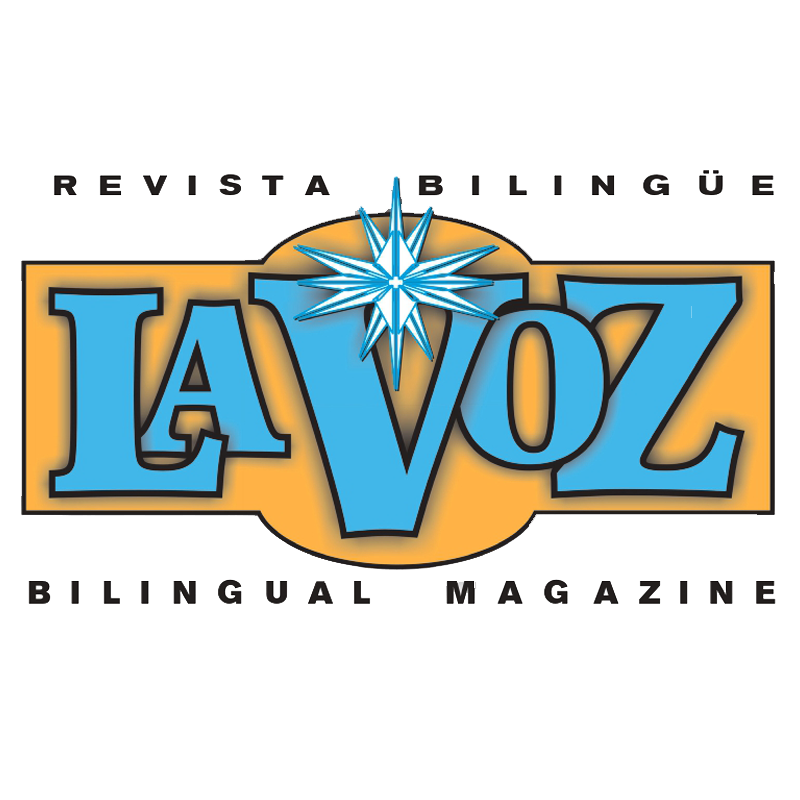For over a century, the Carnegie Unit — better known as the credit hour — has shaped nearly every aspect of American education: from class schedules to graduation requirements and even financial aid. But this formula, defined as 120 hours of contact time with an instructor, is now facing growing criticism.
Even the Carnegie Foundation, the very organization that created it, is calling for change. At a recent American Community Media Sparking Equity Podcast event, educators and experts spotlighted alternative models that are already showing success — and called for a shift toward a more flexible, student-centered system.
The Carnegie Unit’s Failure to Measure Durable Skills
Despite the initial excitement about returning to school after the pandemic, chronic absenteeism rates have reached record levels. “The current structure and learning opportunities that we are offering students are not working sufficiently for young people to get up every morning and go to school,” explains Louis Freedberg, Director of the Advancing Education Success Initiative.
Even though absenteeism can be caused by many factors, the way in which the Carnegie Unit has shaped the school day overlooks a crucial reality: students learn at different rates. “The notion that we should kind of shoehorn, squeeze learning into these hourly bites doesn’t really work for all kids,” says Freedberg.
Critical thinking, teamwork, resilience, and independence are more important than high school grades when it comes to succeeding in the workplace. “I call these durable skills. These are skills you want students to have throughout their life,” reflects Freedberg.
Currently, there are innovative pilot projects aiming to measure durable skills in states like Indiana, Nevada, North Carolina, Rhode Island, and Wisconsin. Despite the growing interest in rethinking the way we structure the school day, these efforts remain state-based initiatives. According to Freedberg, “The Department of Education has been more or less missing in action. This is not something that’s coming from the federal government,” he points out.
Metwest high school: a success story of learning beyond the classroom
Shalonda Gregory, principal of MetWest High School in Oakland, says that the main reason she became involved in education was the joy she experienced during her time in what she calls a “traditional school.”
“Part of my goal is to normalize joy in schools because it is a quick, sure way to engage students in the work. It’s about being connected to their passions,” she explains.
Her work at MetWest focuses on inspiring youth to become not only dream chasers, but dream catchers. And in order to catch those dreams, it’s necessary to put action behind them. “So one thing that we do is have every ninth grader create an individual learning plan in which they set goals. We talk specifically not only about the things they dream of, such as careers or education beyond high school,
but also about who the person is that they want to become,” the principal mentions.
While all high schools in Oakland Unified must have pathways (on average, between three to five different pathways), at MetWest High School, students are able to experience 19 to 20 different ones. This is not only due to the personalized learning design, but also because of MetWest’s ability to offer internships that align with each student’s interests.
“So, if a student is really passionate about being an architect, we would help them find an internship with an architect, an architecture firm, or anyone in that industry,” Gregory points out.
In this way, in addition to receiving core instruction (such as English, math, or science) on Mondays, Wednesdays, and Fridays, MetWest students are out having authentic, work-based learning experiences every Tuesday and Thursday.
“So they’re graduating not only with a high school diploma, and potentially an associate’s degree, but they’re also leaving with what we call life skills as well as career-ready skills,” Gregory says proudly. In fact, one of her students will graduate with a guaranteed job, she affirms.
But school efforts alone aren’t enough – the community is essential
“We realized that the work to try to get to the end required that it wasn’t just one teacher doing this. There had to be a whole community involved,” says Anne Stanton, president of the Linked Learning Alliance.
Active community participation is key to ensuring a whole-child approach. “Counseling supports are very much part of building that family environment and that sense of support for young people,” Stanton affirms.
“And more importantly, we need to bring the business community into that — to make sure that young people have opportunities to experience what they’re learning academically in the classroom and how they can apply it in the real world,” she emphasizes.
That means assessing not only academic success, but also the competencies students develop through hands-on opportunities and work-based learning — what we call durable skills.
To do that, we need to rethink the walls of schools: to let the community in, and also let students out into the world. “Young people at this stage of life are the most creative, their brains are still developing. They can contribute in so many ways. And in our country, we think far less of what a 16-year-old can do than people do in other countries,” Stanton concludes.
